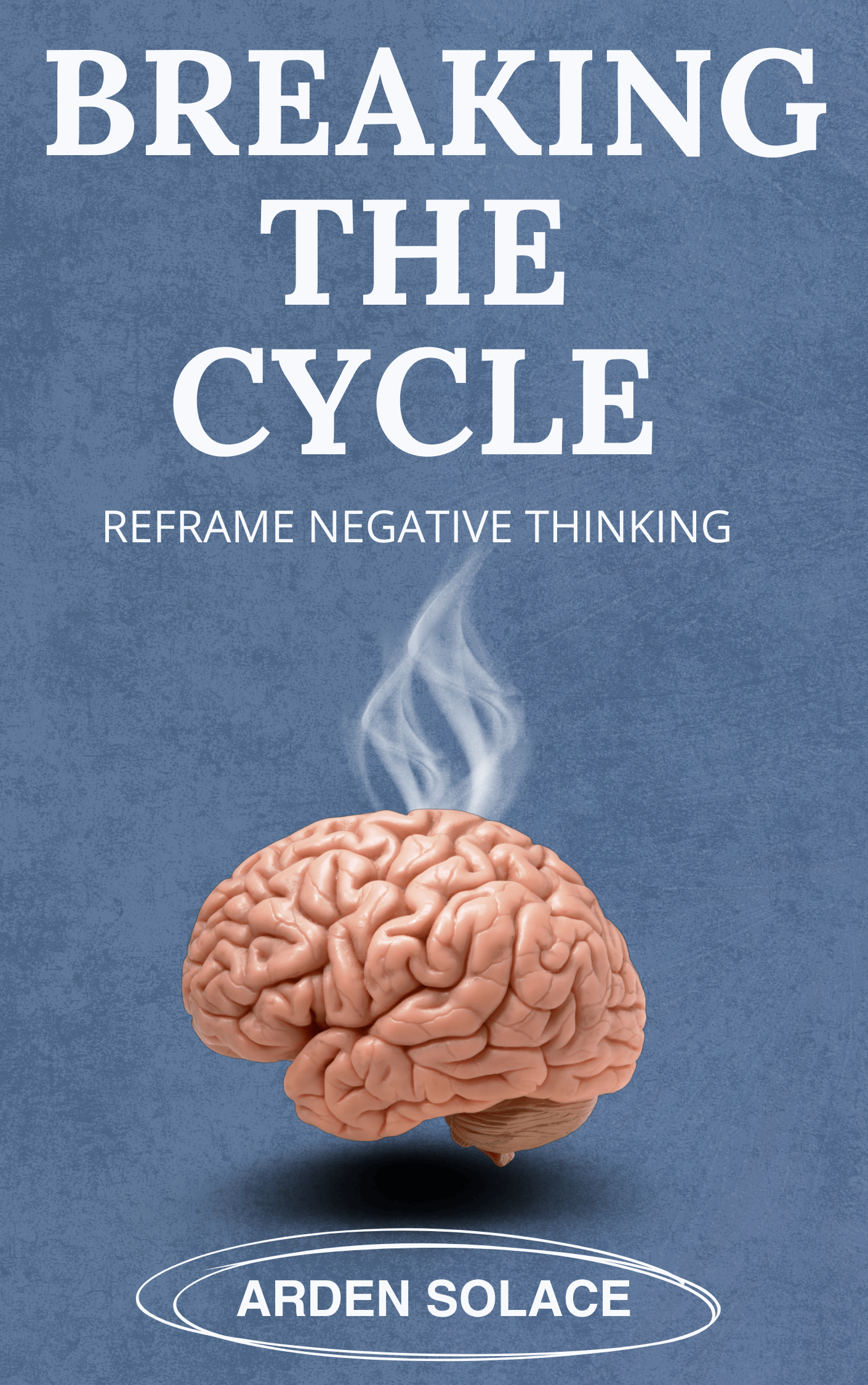Hey,
Most of us don’t suffer from “too many thoughts,” we suffer from letting the loudest ones steer the day. This week is about catching those thoughts earlier, meeting them with curiosity, and choosing a response that serves where you want to go. Let’s keep it light, clear, and immediately useful.
Let’s dive in.
Let’s build.
🧠 3 Ideas to Think About
The first thought isn’t a fact; it’s a forecast from your nervous system, so treat it like weather, not law.
“Name it to tame it” works because labels move activity from emotional centres to language centres, reducing reactivity.
If a thought must be true and useful to deserve attention, most negative loops expire on contact with that filter.
🛠️ 2 Tools & Tips to Try
MindShift CBT - Download on App Store (iOS) or Play Store (Android)
This free app is designed to help you interrupt negative thinking spirals in real time using proven Cognitive Behavioral Therapy tools. MindShift gives you “Reframe” shortcuts: log a sticky thought, tag the distortion, and write a one-step-better replacement, done in 90 seconds. It also includes coping cards, exposure exercises, and quick mood tracking, making reframing a daily, effortless habit.
Language Swap Bank (from global to specific)
Replace absolutes with specifics to disarm spirals. Use these quick swaps in notes, chats, or self-talk.
“Always/Never” → “Sometimes/This time.”
“I am a failure” → “I struggled with X today, and here’s one thing I’ll try next.”
“It will be a disaster” → “It might be uncomfortable, and I can handle A, B, and C.”
🧾 1 Quote Worth Remembering
“The happiness of your life depends upon the quality of your thoughts.”
— Marcus Aurelius
❓+1 Bonus Question
If this thought had to earn its place with verifiable proof, what concrete evidence would it present?
If you’d like even more helpful information, here is the book that goes deeper into everything in today’s issue. Cut through mental noise and replace unhelpful loops with clear, believable thoughts you can act on today. This practical 200‑page guide gives you fast reframing frameworks (like Thought Ladders and the 4D method), simple language swaps, and scenario-based workarounds for work, relationships, health, and creative blocks. Build calm through tiny, repeatable wins - no toxic positivity, just grounded tools you’ll actually use.
And finally…
If this hit home or sparked something, just hit reply. I read every message. (Really!). I love to hear about your small (or big) wins.
Keep it moving.
— Robin Quinn

